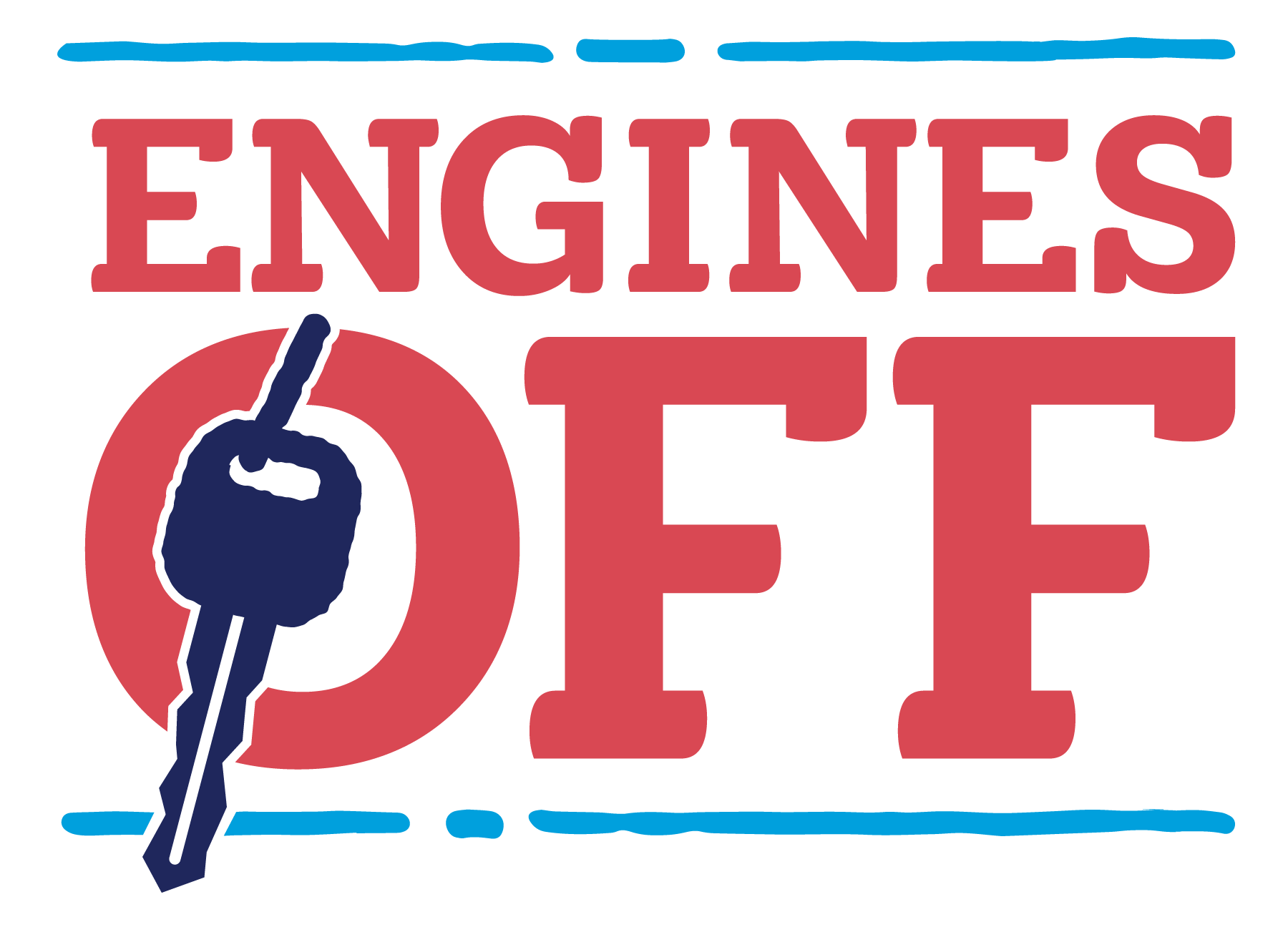
At Schools
Children are more susceptible to developing asthma and other respiratory illnesses from air pollution exposure. Unfortunately, many caregivers idle their vehicles while they wait to pick up and drop off their kids at school – exposing children to harmful tailpipe emissions. That’s why the RAQC is partnering with schools in the Front Range to educate parents, students, and school staff about the health impacts of idling near children.
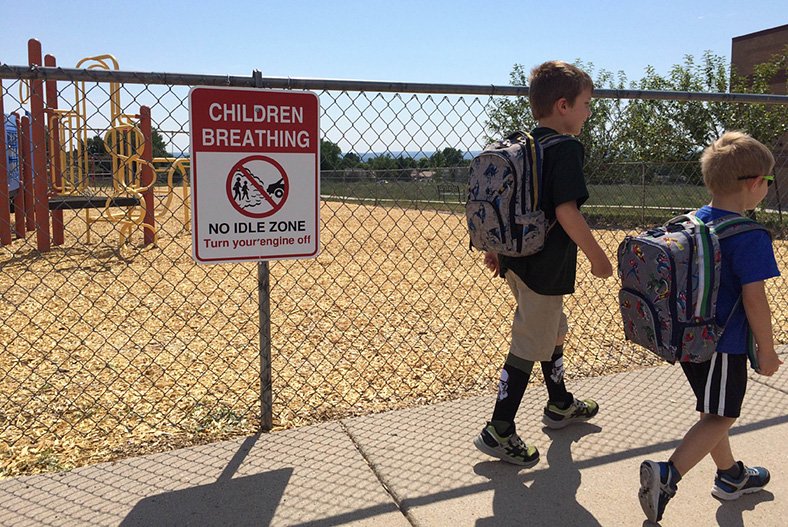
As part of the Engines Off at School Program, students at Lincoln Elementary designed anti-idle posters.
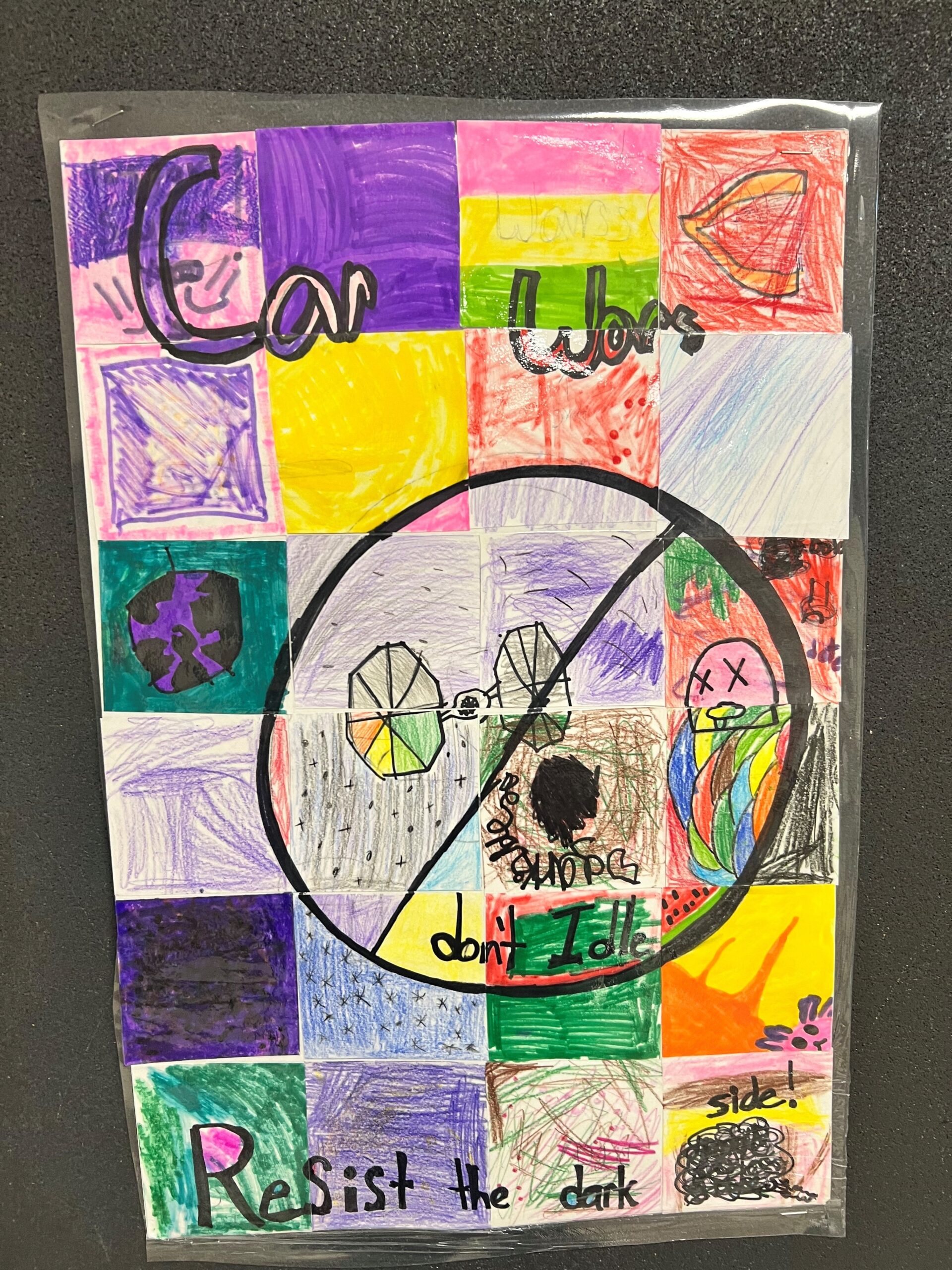
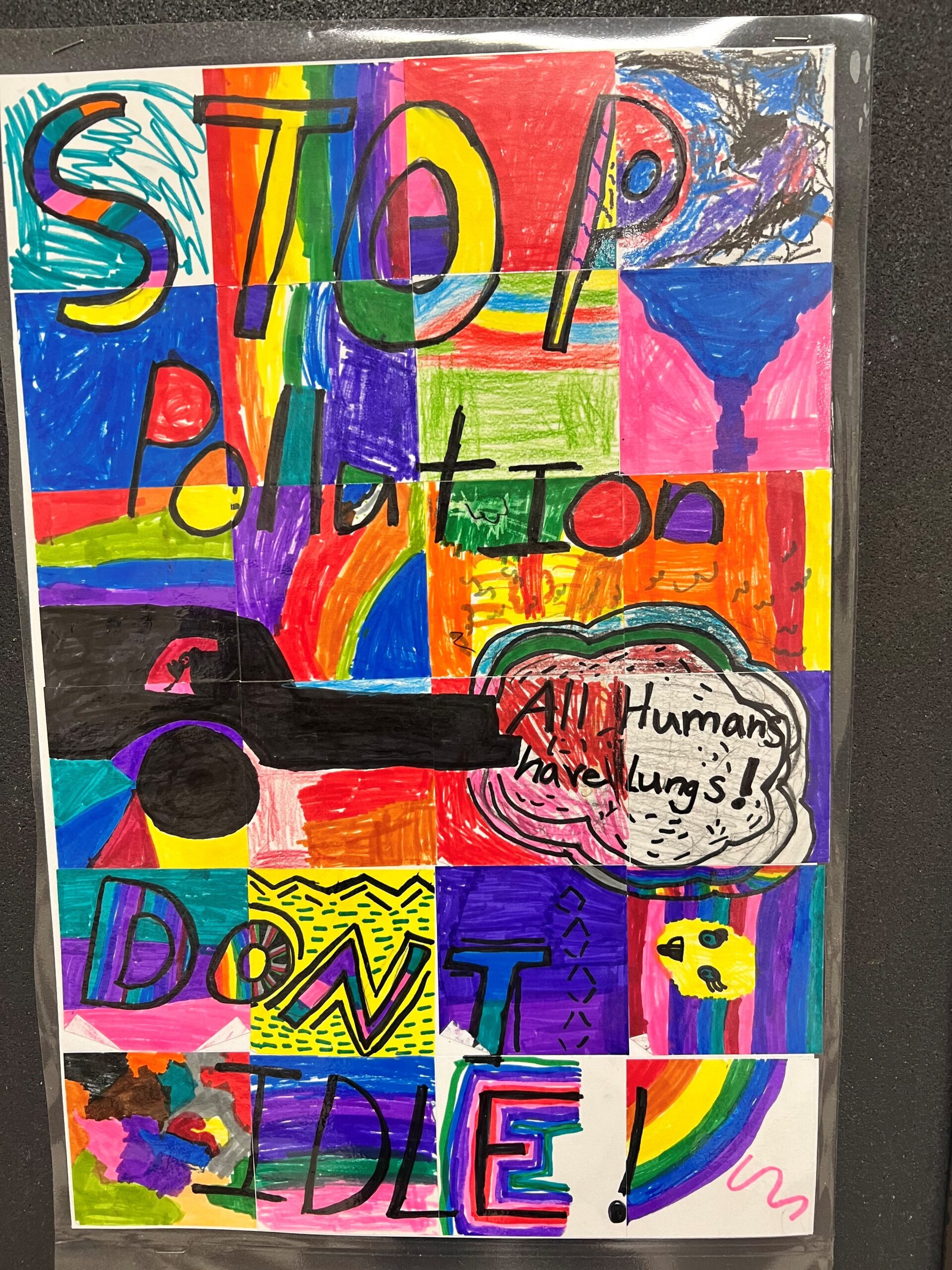

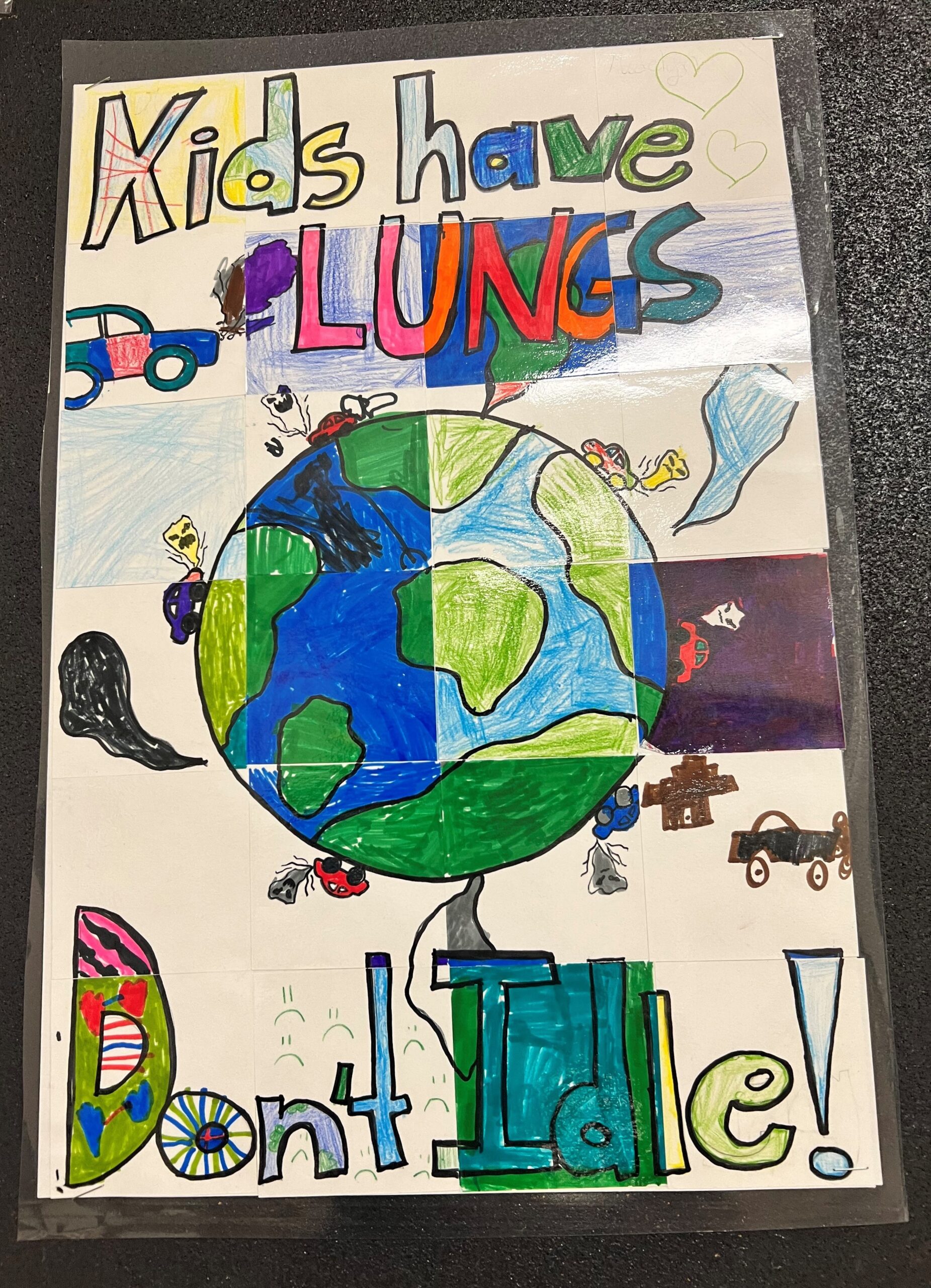
Want to learn more or get involved? Check out some of our Engines Off at School Materials:
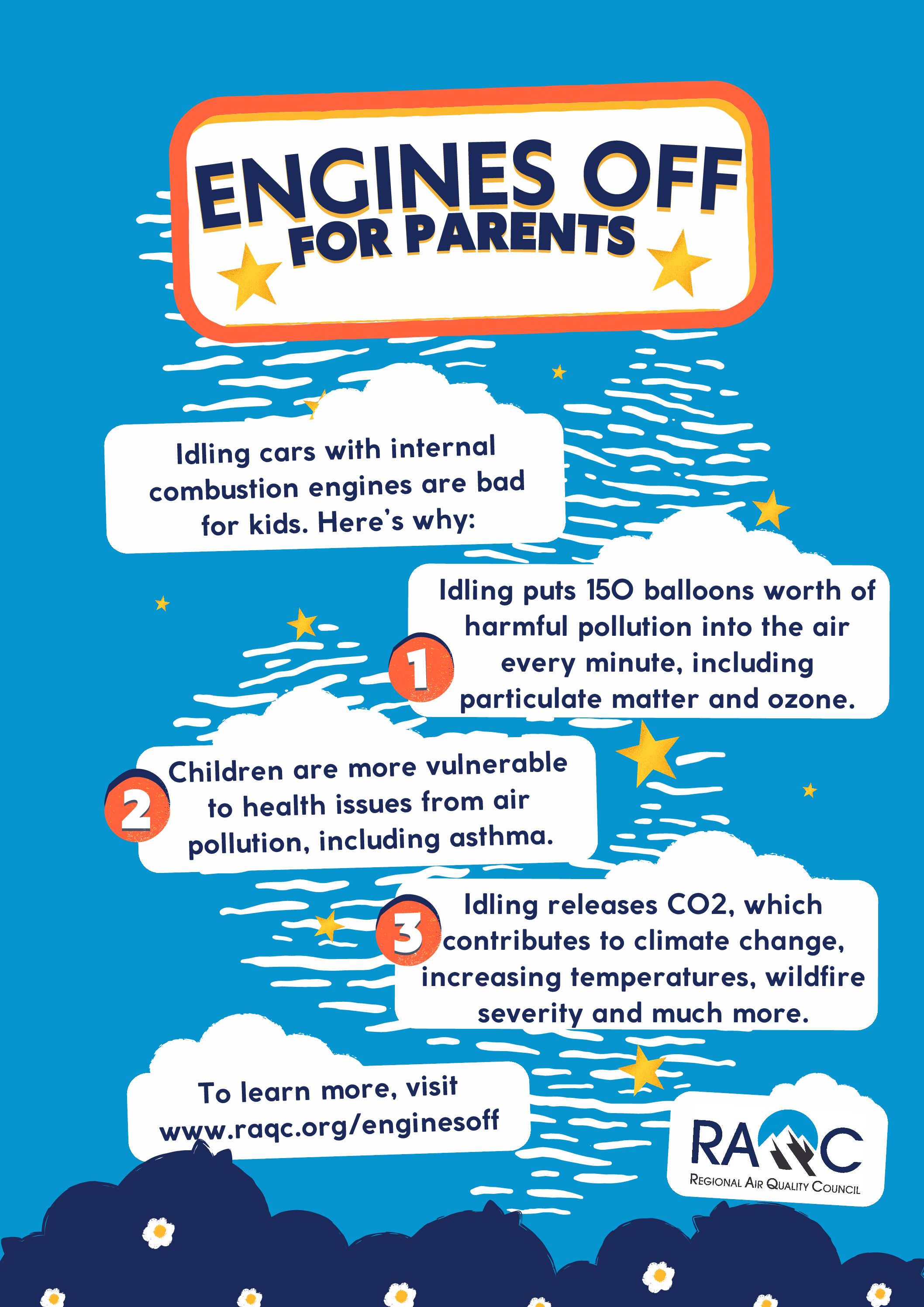
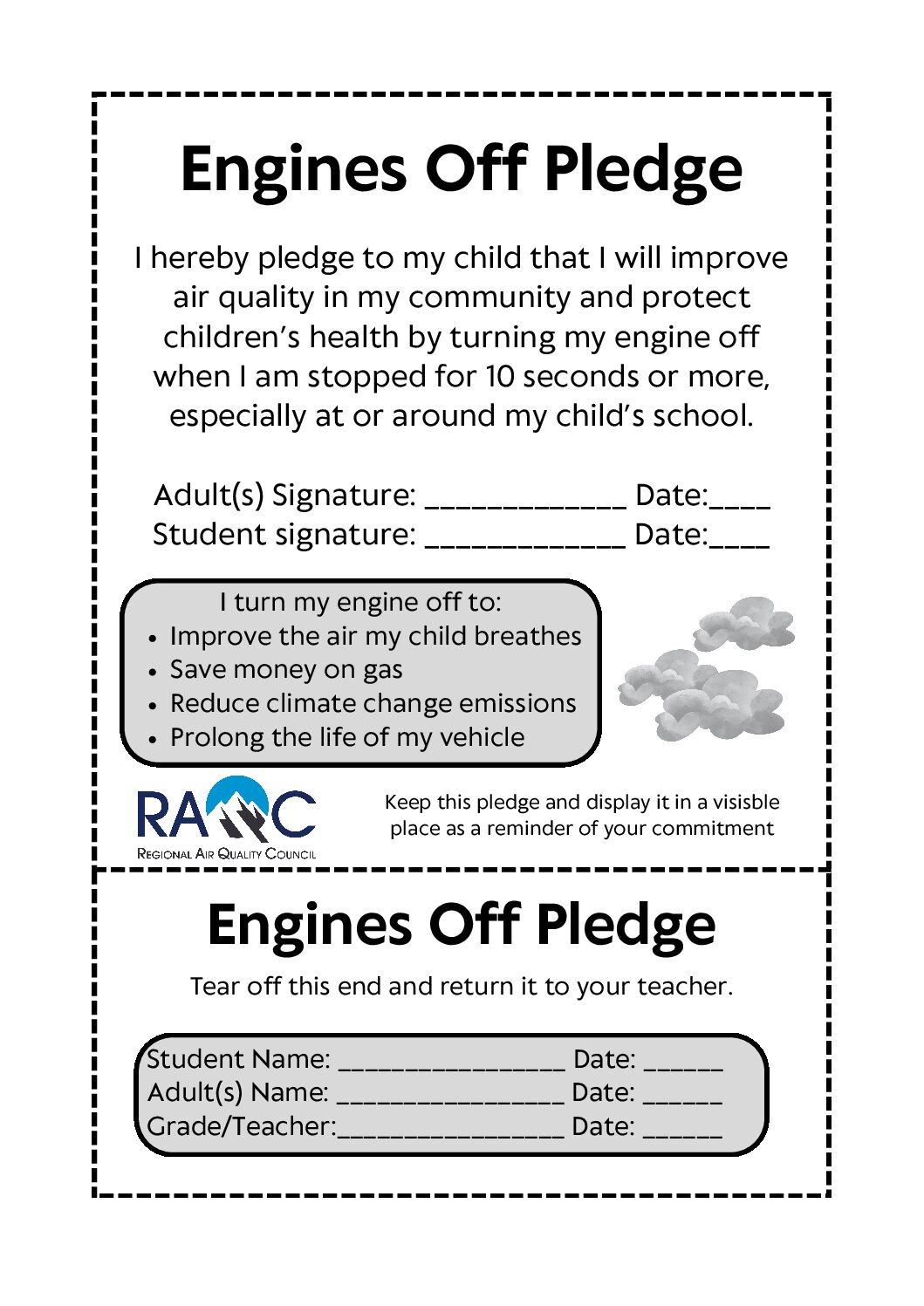
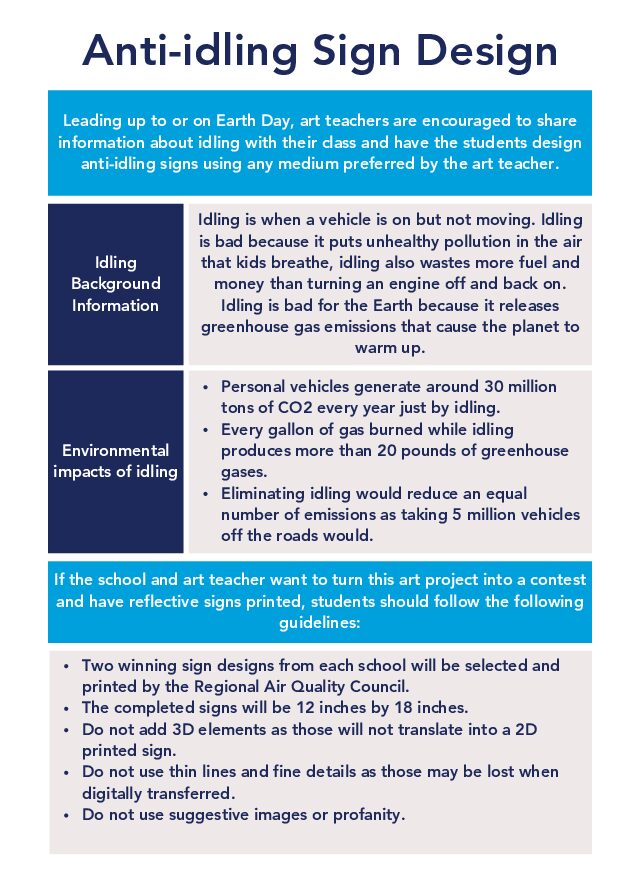
Interested in initiating an Engines Off program at your school? Read our related documents.
Public health
Every minute that a car idles, it emits enough emissions to fill 150 balloons with harmful pollutants, including carbon monoxide, nitrogen oxides and PM2.5. Children are more susceptible to illnesses caused by idling pollutants, such as asthma or cardiovascular and respiratory diseases. Idling vehicles also release compounds that react with sunlight to form ground-level ozone pollution, contributing to the Front Range’s dangerous air quality days.
Climate change
Personal vehicles generate around 30 million tons of CO2 every year just by idling. In the Denver Metro Area and Northern Front Range, idling vehicles create 7,77086,000 lbs of greenhouse gas emissions.
Cost savings
Each year, U.S. vehicles consume more than 6 billion gallons of diesel fuel and gasoline combined by idling; that’s worth $20 billion. Contrary to popular belief, idling for 10 seconds wastes more gas – and causes more wear and tear on engines – than turning an engine off and on.

